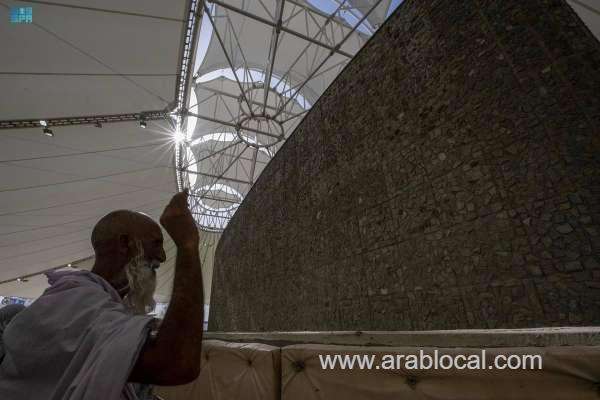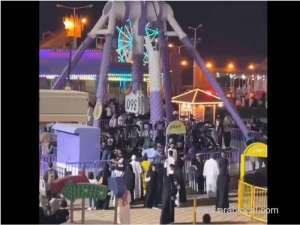In the annual Hajj pilgrimage, stoning at Jamarat holds significant importance as the most repeated ritual. Over 1.84 million pilgrims, both foreign and domestic, participated in this year's Hajj, engaging in the stoning ritual at three pillars: Jamarat Al-Sugra, Jamarat Al-Wusta, and Jamarat Al-Aqaba.
During these three days, an astounding number of pebbles, totaling over 90.4 million, were utilized by the pilgrims. With each pilgrim using an average of 49 pebbles, the stoning ritual on the fourth day involved a larger count of 70 pebbles. This brings the total number of pebbles used during the Hajj pilgrimage of 1444 to over 100 million.
The fate of these pebbles sparks curiosity, leaving many to wonder where they end up once the pilgrims have departed from Mina. Rest assured, the Saudi government has meticulously organized a highly scientific and hygienic system to handle these pebbles.
Immediately after the completion of the stoning rituals, the pebbles fall vertically downwards onto the pillars of the Jamarat facility, settling in the basement. Here, a series of conveyor belts are employed to collect the stones, subjecting them to a sieving process and a thorough cleansing with water to remove any dust or dirt.
Once cleaned, the pebbles are carefully transferred to designated storage areas via vehicles. This ensures their proper handling and maintenance until the end of the Hajj season.
To enhance pilgrim services, the Makkah-based Hajj & Mu'tamer's Gift Charitable Association, in collaboration with the Kedana Company, has implemented a notable initiative. Last year alone, they distributed over 80,000 bags of pebbles for stoning and provided convenient access to pebbles at more than 300 contact points along the walking route in Muzdalifah, including the Jamarat Bridge facility in Mina.
The meticulous management of Jamarat pebbles exemplifies the dedication and commitment of the Saudi government and associated organizations to ensure a hygienic and organized Hajj pilgrimage experience for millions of pilgrims.





